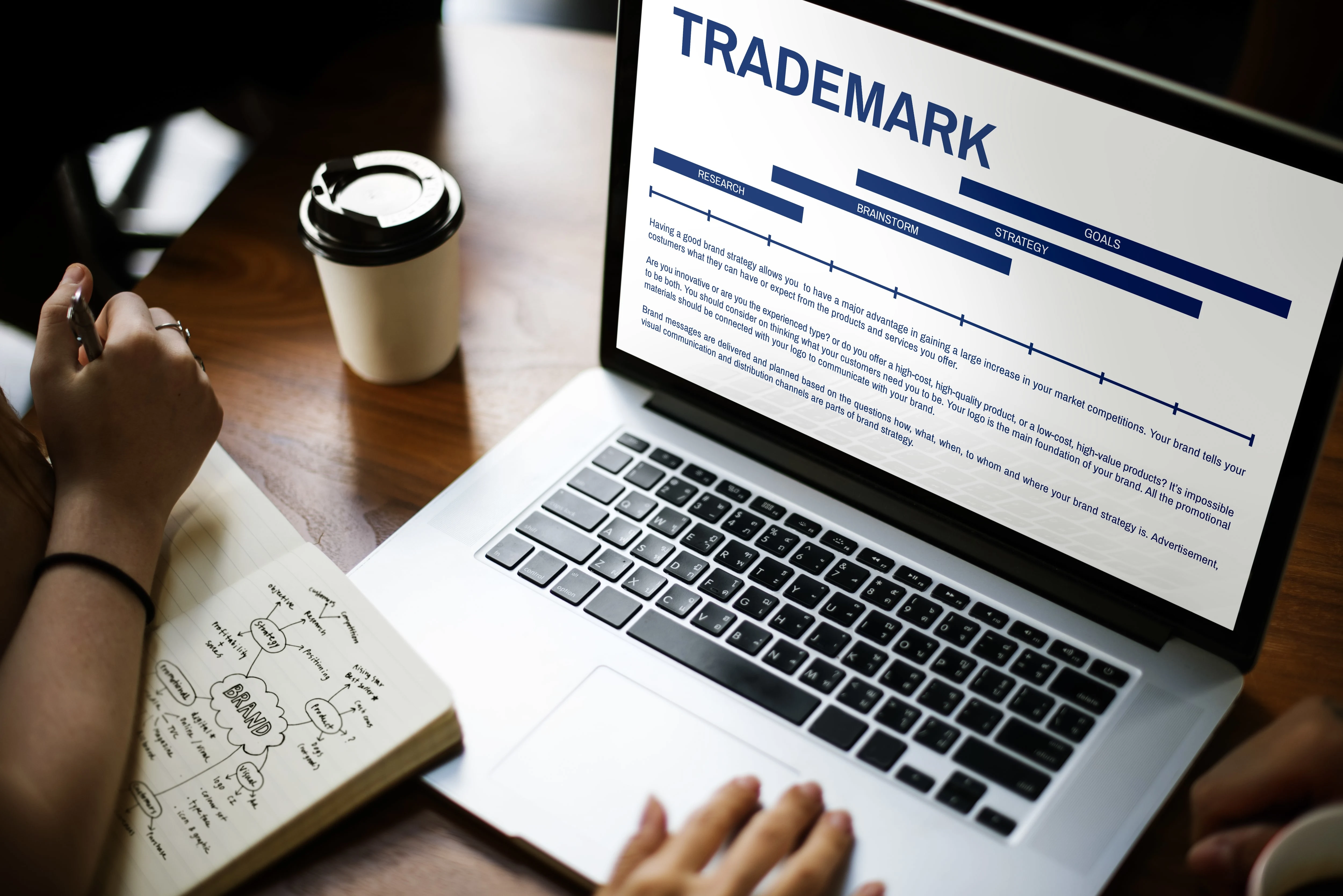Our Services
End-to-End Intellectual Property Services in India
Intepat offers complete intellectual property (IP) services across patents, trademarks, designs, and copyrights. Our experienced patent agents, trademark attorneys, and legal professionals provide strategic filing, registration, and protection support for clients in India and international markets through PCT and Madrid systems.
Patent Services
Comprehensive patent services from Bangalore covering prior-art search, patent drafting, filing, and prosecution across diverse technologies in India and international markets. Experienced patent agents and attorneys provide strategic guidance to strengthen intellectual property portfolios with accurate documentation, timely filings, and compliance with Indian and global standards.
Patent Search & Filing 
Trademark Services
Design Protection
Copyright Services
Global IP Filing
Patent Support Services

Trusted Patent & Trademark Attorneys in India – Intepat
A leading IP firm based in Bangalore offering end-to-end intellectual property services, including patent search & filing, trademark registration, design protection, copyright filing, global (PCT/Madrid) submissions, and patent support services.
Proven Patent, Trademark, and IP Expertise — Recognized Across India and Worldwide.
A global intellectual property firm with 10,000+ filings in over 30 countries, trusted by startups, MSMEs, entrepreneurs, inventors, and large enterprises for professional patent, trademark, and IP services.

10000+
IP Filings Completed

30+
Countries Served

98%
On-Time Filing Rate

1000+
Clients Served
Trusted by Global Clients
Intepat IP collaborates with leading enterprises, MSMEs, and research institutions to deliver strategic patent, trademark, and design protection across India and global markets. As a recognized intellectual property firm, we are trusted by industry leaders and multinational corporations for reliable IP services that strengthen innovation and protect business value worldwide.





